Top 10 Australian Gold Mining Companies in 2023
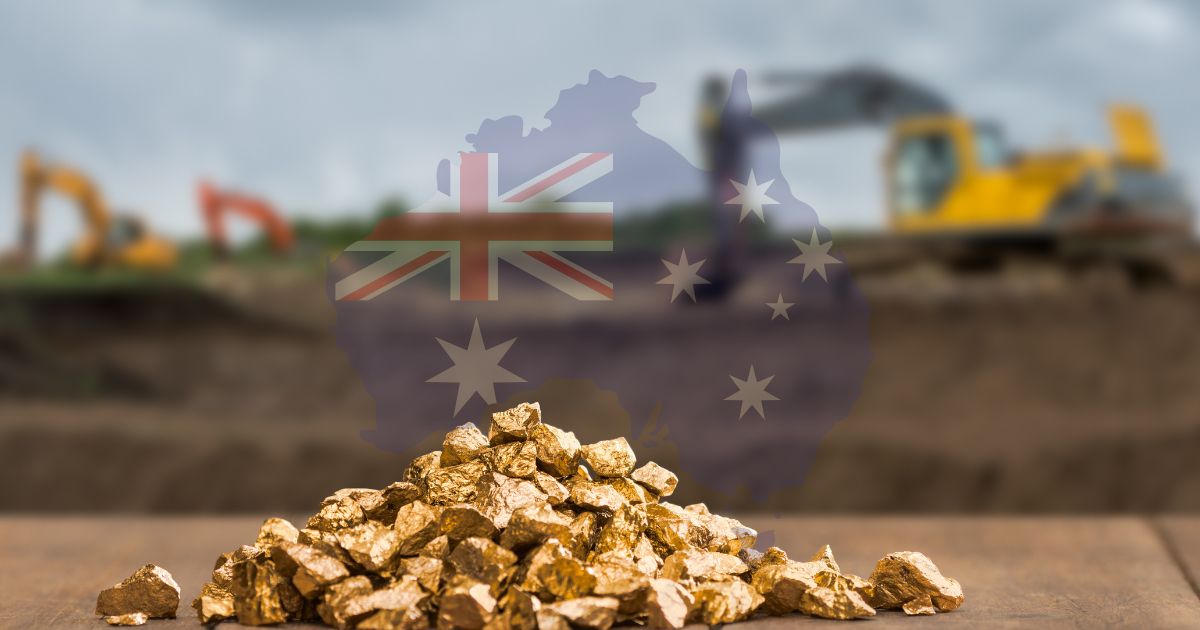
Australian gold mining companies have enjoyed a long tradition of prosperity dating back to the nineteenth century. Gold rushes across Western Australia and Victoria during the 1800s kick started large-scale prospecting and mining, establishing Australia's reputation as a gold mining powerhouse.
Some of the earliest and most productive gold mines, such as those located in the Golden Mile of Kalgoorlie and Bendigo, continue operating today under modern Australian gold mining companies utilizing the latest drilling, extraction and processing technologies.
Large mining companies today extract gold from open pit and underground operations across Western Australia, NSW, and Queensland, employing thousands in rural communities.
Australian gold mining companies of today such as Boddington, Cadia Valley, Tanami, and Tropicana, build on over a century and a half of gold mining history, using contemporary methods to produce gold on an industrial scale.
In Which Australian States is Gold Mined?
Western Australia is the largest gold producing region in Australia. Major gold mining operations span the state, from remote mines in the Goldfields-Esperance region near Kalgoorlie to sites in the Pilbara further north. The Super Pit gold mine at Kalgoorlie, located in the heart of the Golden Mile, is one of the most significant open cut gold mines in the country.
In New South Wales, the Cadia Valley Operations near Orange hosts one of the largest gold deposits in Australia. To the north, significant gold mining also occurs in Queensland, with established operations at sites like the Tanami Mine in the central desert region. Australia’s diverse geography supports gold mining across varied landscapes, from arid red desert to tropical savanna.
The Biggest Gold Mine in Australia That You Should Know
Boddington Mine:
The Boddington Mine, located 70 kilometres south of Newman in Western Australia's Peel region, is one of Australia's premier gold production assets. Operated by Boddington Gold, a subsidiary of Newmont Corporation, Boddington Mine is easily Western Australia’s largest gold producer. Since the start of production in late 2009, Australian gold mining company Boddington Gold has extracted over 3.8 million ounces of gold from the extensive open pit mine.
With estimated gold reserves of over 20 million ounces and copper reserves of over 10 billion pounds. Boddington is expected to maintain prominent gold production levels for Australian gold mining companies through the next decade. Large-scale earthmoving equipment excavates and transports ore from the huge pit, while an on-site processing plant utilizes conventional methods to recover gold and copper from the ore.
Cadia Valley Operations
One of the largest gold mines operated by Australian gold mining companies is Cadia Valley Operations, located near Orange in New South Wales. Newcrest Mining, the largest gold mining company listed on the Australian Securities Exchange, has managed operations at Cadia since 1993. Open pit and underground mining methods extract multiple gold-copper bearing orebodies, with an on-site processing plant utilising an innovative autoclave circuit.
From the historic Cadia Hill open pit and the current Ridgeway underground operation. Australian gold miners at Cadia have produced over 7.9 million ounces of gold. With current underground reserves estimated at over 19 million ounces of gold and 6.8 million tonnes of copper, Cadia Valley Operations will continue driving strong production output for the Sydney-based Newcrest in the coming years. Long-term planning envisions Cadia Valley remaining a flagship operation for decades as Australian gold mining companies expand their exploration efforts.
Tanami Operation:
Located within the Tanami Desert of the Northern Territory, the Tanami Operation is one of Australia's significant remote gold mines. Controlled by global mining giant Newmont Corporation since 2007, the Tanami Operation encompasses both open pit and underground mining areas across two large deposits. Both truck-and-shovel methods in the open pit and underground long-hole stopping are employed at Tanami to extract the gold-bearing ore.
At the nearby processing facility, Australian gold miners use conventional crushing and grinding circuits followed by carbon-in-leach technology to recover over 200,000 ounces of gold annually from Tanami's ore. Along with nearby mines such as Dead Bullock Soak and Coyote, the Tanami Operation is helping to further develop the Northern Territory as an established gold mining region for Australian gold mining companies operating vast remote operations.
Tropicana Gold Mine:
Ranked as Australia's sixth largest gold mine, Tropicana is a major operation located approximately 300 kilometres east of Kalgoorlie in Western Australia. Jointly owned and managed through a technical services agreement between AngloGold Ashanti Australia and Independence Group, Tropicana began commercial production in 2005. Following an open pit mining methodology, Australian gold miners at Tropicana extract ore containing an average grade of over 2 grams of gold per tonne.
On-site processing operations utilize a traditional carbon-in-leach plant to recover over 350,000 ounces of gold annually from the rich ore. With an exceptional geological endowment estimated at over 6 million ounces, Tropicana has emergent potential to become one of Australia's highest volume gold mines operated by international and domestic Australian gold mining companies in future decades.
KCGM Super Pit Mine:
Situated in the heart of Kalgoorlie's historic Golden Mile is the iconic KCGM Superpit gold mine. Operated as a joint venture between Australian gold mining giants Northern Star Resources and Saracen Mineral Holdings, the Superpit mine extracts ore from the world famous Kalgoorlie gold deposits. Continuous mining since 1989 has seen the open pit steadily expand to over 2.5km long, 1.5km wide, and almost 600m deep - becoming one of the largest open cut gold mines in the world.
High-grade ore is excavated by massive haul trucks and processed on-site, leveraging conventional methods to extract over 600,000 ounces of gold for Australian gold mining companies annually. New technology also recovers significant coarse gold poured in situ, ensuring ongoing profits from the legendary Golden Mile deposits that first sparked Australia's gold rushes over a century ago.
St Ives Gold Mine:
Located near Kambalda in Western Australia, St Ives Gold Mine has been an established underground gold production site for over 50 years. Operated by Australian gold mining company West gold Resources, St Ives currently employs a workforce of around 400 people. Multiple gold-bearing lodes are extracted from several orebodies extending beneath Lake Lefroy using modern mechanized narrow vein mining methods.
Gold miners blast and load approximately 830,000 tonnes of ore annually from the underground operations. On-site processing recovers over 110,000 ounces of gold per year using traditional cyanide leaching and CIP technology. With greater exploration success augmenting existing reserves, St Ives is well-positioned to continue contributing strongly to Westgold's overall production into the foreseeable future.
Fosterville Gold Mine:
Consistently ranked as one of the world's most profitable gold mines, Fosterville Gold Mine is located 550 kilometres north of Melbourne, Victoria. Owned and operated by Canadian-based Kirkland Lake Gold, Fosterville has become renowned for exceptionally high grades rarely seen at other Australian gold mines. Production is solely from the underground mining of multiple vein structures in the Swan Zone, with additional targets in exploration.
Gold mining utilizes highly specialized equipment, automation, and partnering with local universities to trial innovative technologies. This high-tech approach coupled with the fortunate geology has achieved the highest gold grades globally, around an incredible 23 grams of gold per tonne of ore in recent years. Fosterville's unparalleled operations have significantly boosted Kirkland Lake's overall output, revenues, and Australian gold mining importance.
Telfer Gold Mine:
Located approximately 1,500 kilometers north of Perth in the Pilbara region is Telfer, one of Australia's major gold mining operations. Owned and managed by Newcrest Mining, Telfer began commercial production in 1997 and provides critical mineral resources. Open pit mining extracts several large gold-copper orebodies at Telfer, leveraging large haul trucks and excavators.
On-site processing recovers an average of over 450,000 ounces of gold annually along with significant copper using conventional crushing and heap leach technologies. Extensive exploration also continues exploring the regional potential around Telfer, with future mine life extensions helping ensure the operation remains a flagship asset for Newcrest's portfolio of Australian gold mining assets well into the coming decades.
Jundee Gold Mine:
Located 300 kilometers northeast of Southern Cross in Western Australia's Yilgarn region lies the Jundee gold mine. Owned and operated by Northern Star Resources, Jundee has contributed to gold production since 1991 through open pit mining of multiple ore zones. Large-scale excavators and haul trucks extract over 4 million tonnes of ore from Jundee annually which is processed on-site.
Applying conventional crushing and CIP recovery circuits, Jundee ensures ongoing gold output for Northern Star averaging around 150,000 ounces each year. While open pit mining winds down, underground mining is ramping up at Jundee to extend operations through at least 2024 based on current reserves. Continued exploration success could prolong Western Australia gold mining at Jundee beyond current projections.
Granny Smith Gold Mine:
Nestled in the remote goldfields of Western Australia, 130 kilometers south of Southern Cross, is Granny Smith, one of Australia's iconic underground gold mines. Since operations began in 1989, Granny Smith has produced over 3 million ounces for owners of Gold Fields Australia. Home to multiple vein structures yielded through mechanized sub-level open stoping, Granny Smith's high grade underground ore is milled on-site.
Using a conventional CIL processing plant, annual gold production from Granny Smith typically exceeds 150,000 ounces. With mine life extended to at least 2026, Granny Smith continues establishing Gold Fields as a premier Australian gold mining company.
Conclusion
In conclusion, Australia has an impressive portfolio of world-class gold mining assets that are critical for gold production both domestically and globally. Major operators including Newcrest, Northern Star, Newmont, Anglo Gold Ashanti, Evolution and others leverage multibillion dollar tier-one mines to extract tens of millions of gold ounces annually.
Through open pit and underground mining methods paired with innovative processing systems, Australia's gold miners continue optimizing operations to efficiently recover gold from rich orebodies. With an ongoing commitment to exploration, many current mines are projecting decades more of strong output to fuel the Australian and international gold industries. This highlights why Australia has long cemented its leadership status as the second largest producer of gold globally.
Categories
Latest Posts
-

Digital Gold vs. Physical Gold: A Comprehensive Guide
March 1, 2024 -

How is Gold Mined in Australia: A Deep Dive into the Extraction Process
February 21, 2024 -

How To Get The Most Money For Your Gold Jewellery
February 15, 2024 -
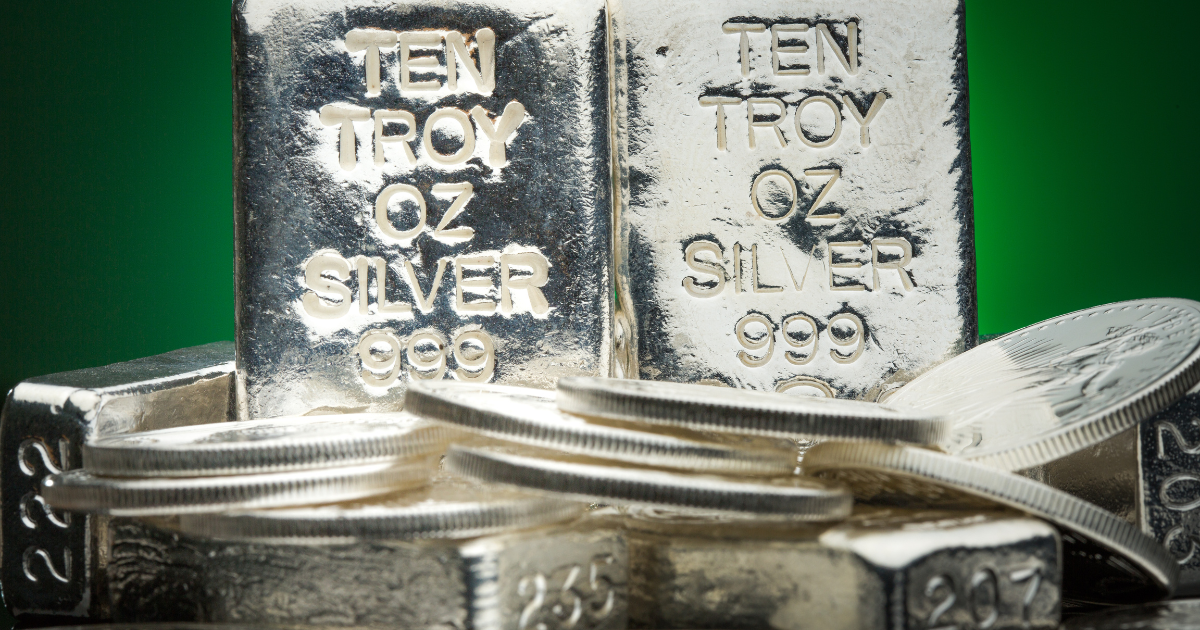
Beginner’s Guide on How To Sell Silver in Australia
February 7, 2024 -

How To Invest in Silver in Australia For 2024?
January 31, 2024 -
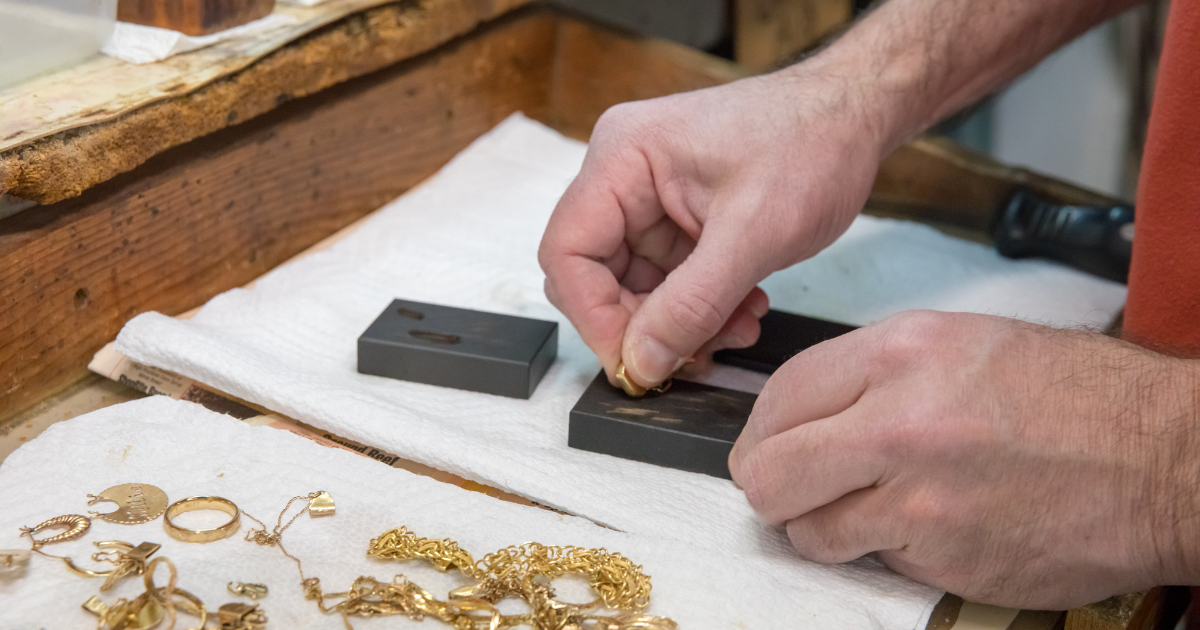
How Gold is Tested? All You Need To Know
January 25, 2024 -

Gold Bullion and SMSF – All You Need To Know
January 19, 2024 -

Cast Bars vs Minted Bars – Clear Comparison
January 10, 2024 -
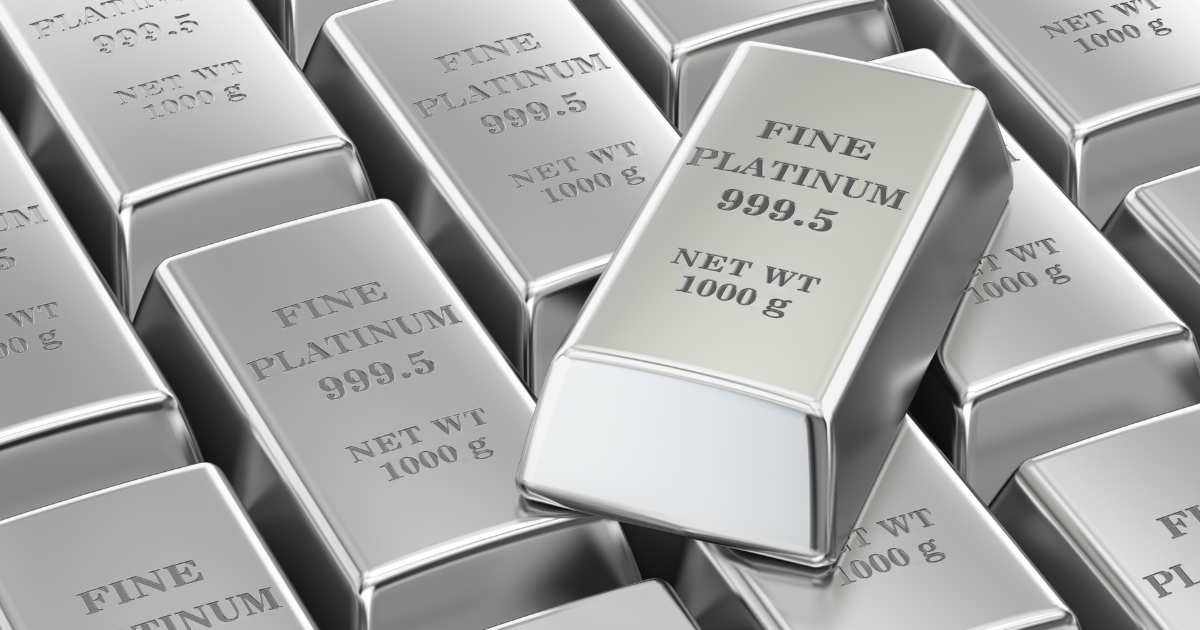
What is Platinum?
January 2, 2024 -

How To Invest in Gold ETF
December 21, 2023 -

The Largest Gold Nuggets Ever Found
December 18, 2023 -

What is Digital Gold and How Does it Work?
December 13, 2023 -

Best Ways To Invest in Gold in Australia
December 7, 2023 -

How Much Gold is There in the World?
November 29, 2023 -

Where and How To Store Gold and Silver?
November 23, 2023 -

The Relationship Between Gold and Inflation Over the Australian History
November 16, 2023 -

How Does Gold Refining Work?
November 9, 2023 -
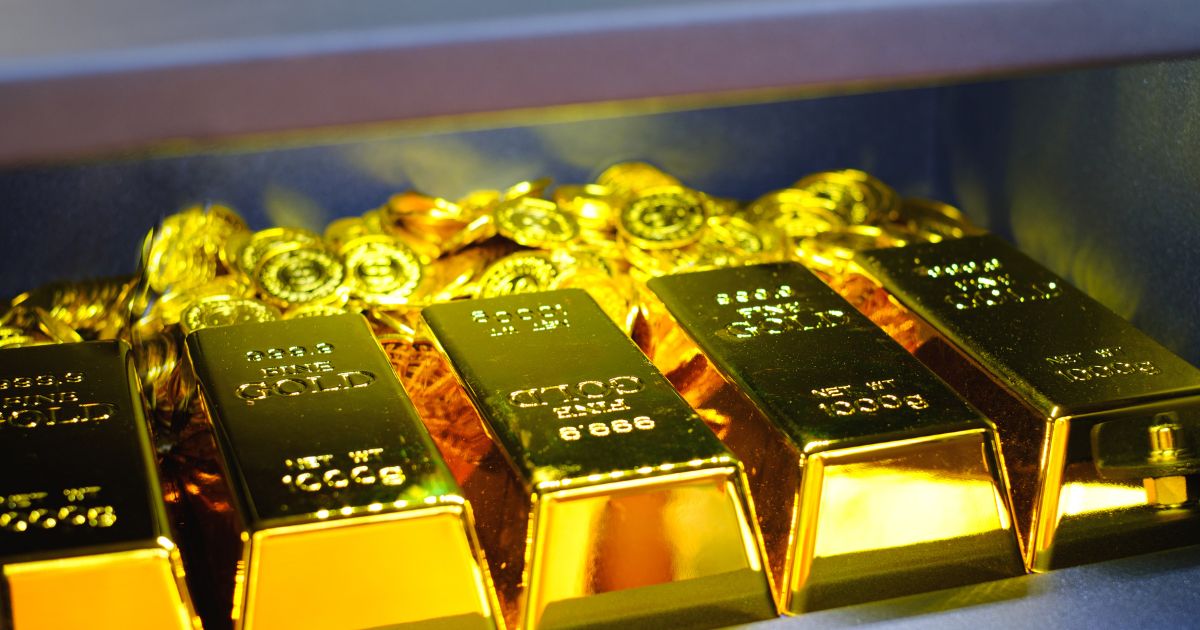
Gold Bars vs Gold Coins: What Should You Buy?
November 1, 2023 -
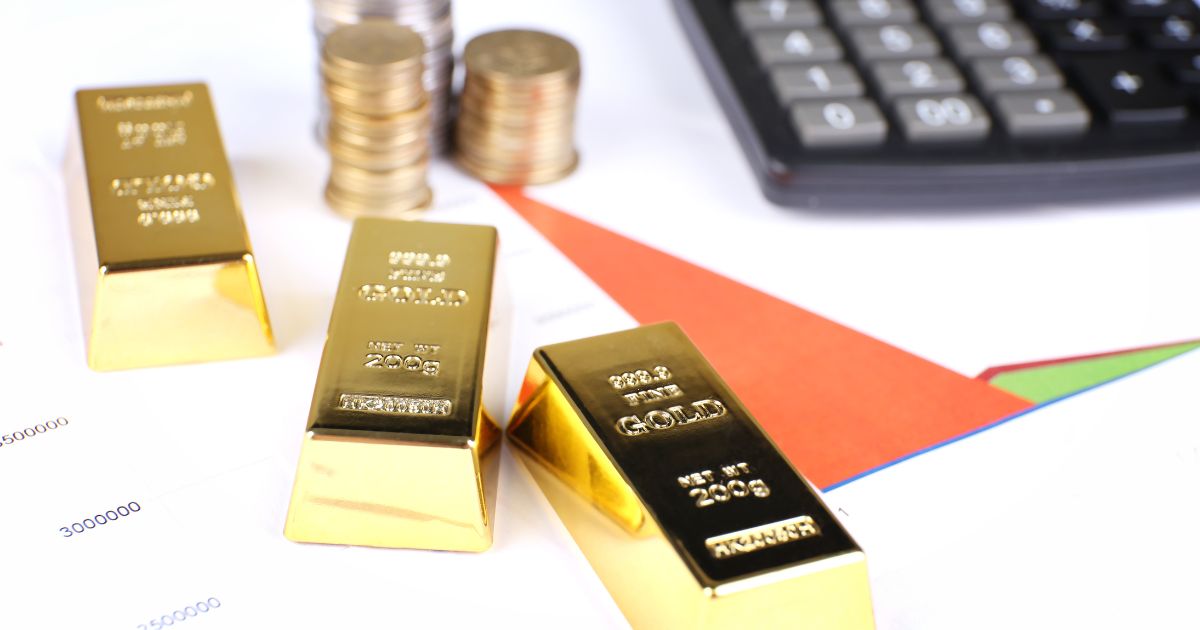
Know The Cheapest Way To Buy Gold
October 25, 2023 -

Why Invest in Gold? Top Reasons to Consider
October 18, 2023 -

How Much Gold Can You Buy Without Reporting in Australia?
October 15, 2023 -

The Best ASX Gold Stocks in Australia For 2023
October 9, 2023 -

Top 10 Australian Gold Mining Companies in 2023
October 5, 2023 -

How to Sell Jewellery in Australia?
October 4, 2023
 07 4939 0239
07 4939 0239